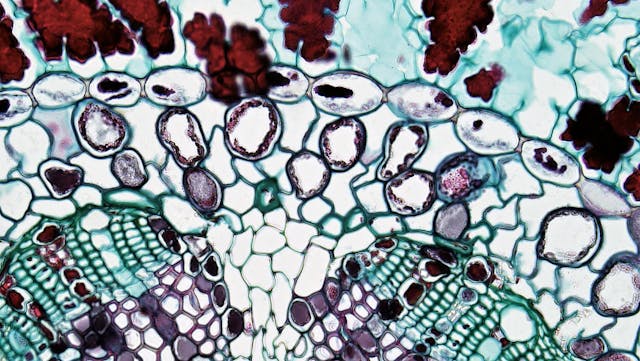
Introduction
Have you ever pondered the origins of everything that exists? From the galaxies and the multiverse to the everyday objects we encounter, it all traces back to one fundamental beginning. This thought-provoking journey explores how the simplest forms of life reveal profound truths about our universe, our connection to everything around us, and the essence of divinity.
The Miracle of Cellular Multiplication
Life began with a single cell, a fundamental building block that holds within it the secret to the endless complexity of our world. This cell did not simply remain static; it multiplied and divided, from one cell to two, then four, and so on, eventually reaching billions, trillions, and beyond. This continuous process of cell division and multiplication created the vast diversity of life we see today.
The Origin of Everything
If we trace everything back to that initial cell, we uncover a fascinating truth: everything that exists, from the smallest organism to the grandest galaxies, began with this singular, intelligent cell. This cell’s ability to replicate and evolve means that everything in our universe—our world, the stars, even abstract concepts—originated from this initial point of creation.
The Connection Between All Things
The idea that everything originated from one cell suggests a profound interconnectedness among all forms of life. This single cell evolved into the plants in our gardens, the technology we use, and even the food we consume. It implies that every object, every being, and every phenomenon is interlinked, forming an intricate web of existence.
The Concept of Divine Presence
If the initial cell that sparked the creation of everything also created the concept of divinity, then it follows that divinity permeates all aspects of life. This idea is echoed in various beliefs and philosophies that suggest God or a higher power is present in everything, from the stars in the sky to the smallest grains of sand on the beach, and urine as well.
The Nature of Time and Aging
The perpetual multiplication of cells raises intriguing questions about time and aging. If this process is ongoing, why do we age? How does a cell ‘know’ what to become—a bird, a flower, or even a technological device? This contemplation challenges our understanding of time and existence.
Conclusion
Reflecting on the journey of that single cell offers a profound perspective on our connection to everything around us. It invites us to see the divine in the ordinary and recognize that we are all part of a larger, interconnected whole. From the ancient origins of life to the present moment, this interconnectedness underscores the unity and divinity present in every aspect of existence.

+ There are no comments
Add yours